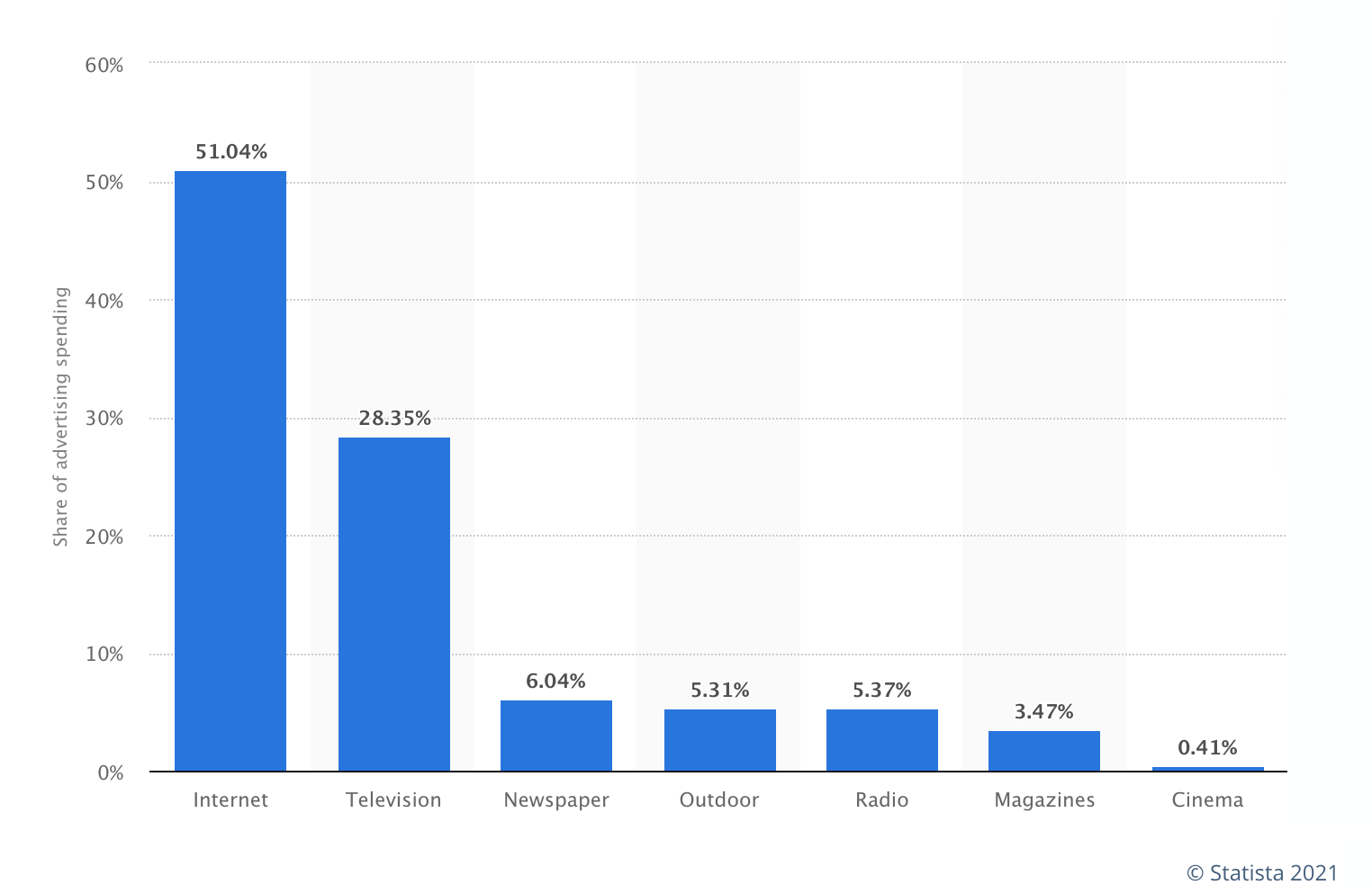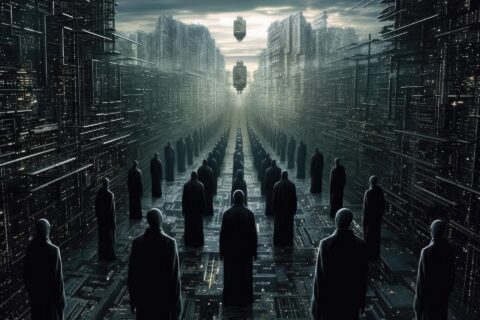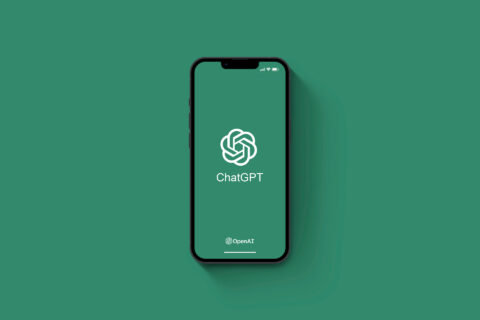There was a time when Mad Men ruled. The mid-20th century Mad Men era was a golden age for advertising, thanks to the proliferation of mass media. Ad agencies created an advertising campaign, purchased television airtime, radio spots and newspaper ads; and then waited for the praise, adulation, awards, and sales to roll in.
That was, in theory, the way things worked for a long time. Advertising used to be uber creative because it had to be; there was no direct marketing. Ads were primarily distributed through mass media mediums (e.g., television and radio). As a result, creative needed to resonate with the largest number of people possible.
For example, a single TV commercial contracted to run in a prime-time slot would be seen by men and women of all ages, income, education levels, etc. Targeting was in its infancy, and most media buys were designed as blanket style campaigns.
Today, things have changed.
Brands have adapted to the new age of digital advertising which is highly targeted and increasingly managed by computers that run complex algorithms to determine the best day, hour, minute second, location, medium, image, etc. to reach specific consumers and encourage them to take action (i.e., purchase, sign-up, etc).
Digital represents the biggest revolution since the inception of television. Digital advertising has rapidly narrowed the gap with television as the top advertising medium. According to Statista, By the end of 2022 more than 54 percent of global advertising spending is expected to fall to internet ads, while TV’s share is projected t fall to 26 percent.

Baby Boomers Love Targeted Ads
The fully automated digital marketing strategy works incredibly well on the Boomer generation. How many times have you heard your parents say something along the lines of, “That’s funny! I was just thinking about buying new patio furniture and now I am seeing all kinds of great ads for patio furniture!” Um, yeah… so Google has been following you mom. It knows what you are shopping for!
These ads also work incredibly well on Generation X who have an idea of what is going on, but value the convenience of seeing targeted advertising even if it is void of all creativity.
However, unlike the Baby Boomers and Generation X these highly targeted ads are becoming increasingly less effective on Millennials and Generation Z. They are simply noise.
Millennials Set the Stage for User Generated Content
Millennials are the first generation to catch on to how digital ads are created and presented. To Millennials, digital ads are becoming sterile, programmed and inauthentic. As such, in the early 2000s, Millennials led the charge in the creation of user generated content (UGC).
UGC is the content posted by users on online platforms such as social media and peer-to-peer review sites (e.g., TripAdvisor, Angie’s List, Airbnb, Uber, etc.). These sites are largely made up of user generated content in the form of reviews, photos and ratings. This was the first stage.
Generation Z Now Leads In User Generated Content
While Millennials currently receive the lion’s share of brand attention, there’s a new kid on the block – or kids to be exact.
Generation Z has arrived –– leading the second stage. And you’d be a fool to ignore them. They took to platforms like Snapchat and TikTok in greater force than Millennials took to Facebook and began pumping out their own content at a staggering rate.

Content is largely made public with the intention of influencing their peers on a global scale. UGC influences where they shop, what they buy, what products they support, which brands they identify with and everything in between. Generation Z uses online content to speak to and influence each other. User generated content has quickly become a new form of advertising.
User Generated Content Is Decentralized Advertising
Let me be super clear, the days of traditional advertising are all but over: commercials, billboards, sponsorships, coupons (I hate coupons!), etc. To Generation Z this is all just white noise and easily ignored.
The new form of decentralized advertising (UGC) takes shape when your faithful customers speak out, loud and proud about your products and services. When they speak up about your brand on TikTok, YouTube, Instagram, blogs, etc. their friends listen. Then those friends create and share their own content. Click. Share. Repeat. Content moves from friend to friend, the audience grows and more and more people interact with and share it. And you know how the story goes from there.
“Click. Share. Repeat. Content moves from friend to friend, the audience grows and more and more people interact with and share it. And you know how the story goes from there.”
At this point you might be thinking this sounds a lot like influencer marketing. Nope.
Influencers are professional content creators who are paid to endorse products and services. They are neither authentic nor classified as user generated content. They are even required in many countries to clearly state when they are paid to talk about a product, service and/or brand.
So, this must be referral marketing, right? Wrong again.
Referral marketing is when one friend tells another to try your product or service. The problem with referral marketing is that the daisy chain can easily be broken. Once one friend stops telling other friends the chain breaks. The end.
User generated content lives on the web and like a snowball it grows as each new member joins and contributes their content to it. UGC is a living and breathing organism that, once large enough, begins to take on a life of its own. It includes everything from user reviews, blog articles, social media images and videos, and everything in between. UGC is a wild beast. It cannot be purchased, and it certainly cannot be controlled.
However, it can be nudged.
How Brands Can Nudge User Generated Content
Here is the secret to nudging user generated content to benefit your brand. The concept is crazy simple, but way too many companies fail in execution. Ready?
Be or become a kickass brand!
It is as simple as that.
Bend over backwards for your customers. Make them feel valued, cared for, understood, respected and appreciated. Provide the very best products and services that you can imagine. Make sure, that if anything goes wrong, to take ownership and do your very best to make it right.

When you treat customers as truly valued human beings, they will want to share that experience with the world. They will post review videos on their social media news feeds, they will write blogs about you, and they will shower you with creative ideas for how they use your products and services. In essence, they will become your advertising.
Again, they will become your advertising. I need you to understand this concept because with or without you the change is occurring.
And please don’t underestimate your customers, especially Generation Z. They are incredibly creative and willing to share that creative spirit with everyone who will listen. And believe me, millions are listening.
Their content is about sharing the true value of products, services, brands and companies. They don’t want ads. They don’t respond to commercials. What they want is transparency and what better way than to ask for and provide this for one another.
User Generated Content Is Already Here, Can You See it?
So, what is the moral of the story here? Well, the world is changing. Big surprise. But the pace at which modern customers are looking to each other to discover new products and services is growing at an accelerated rate.
User generated content is happening all around you. As soon as you take the time to recognize it, you will see exactly how the world sees you and your company. You can no longer push ads at people. No matter how creative, ads are no longer enough to influence potential customers to become future customers. The only way an ad will work is if it is supported by the growing mass and sentiment of user generated content.
Think about this before you create your next ad campaign. Does it reflect the overarching sentiment from your consumers? If you don’t know the answer to this question, then take some time to figure it out.
Dean Horsfield is the Founder and CEO of a Toronto-based Digital Marketing agency; Little Bear in the Forest. He strives to tell incredible stories, bring the visions of each business he has the pleasure of working with to life and finds an unmatched excitement in working with risk-takers. With over 16 years in the industry and many incredible stories to tell, Digital Marketing is not only his business, it is his passion.
© YFS Magazine. All Rights Reserved. Copying prohibited. All material is protected by U.S. and international copyright laws. Unauthorized reproduction or distribution of this material is prohibited. Sharing of this material under Attribution-NonCommercial-NoDerivatives 4.0 International terms, listed here, is permitted.














